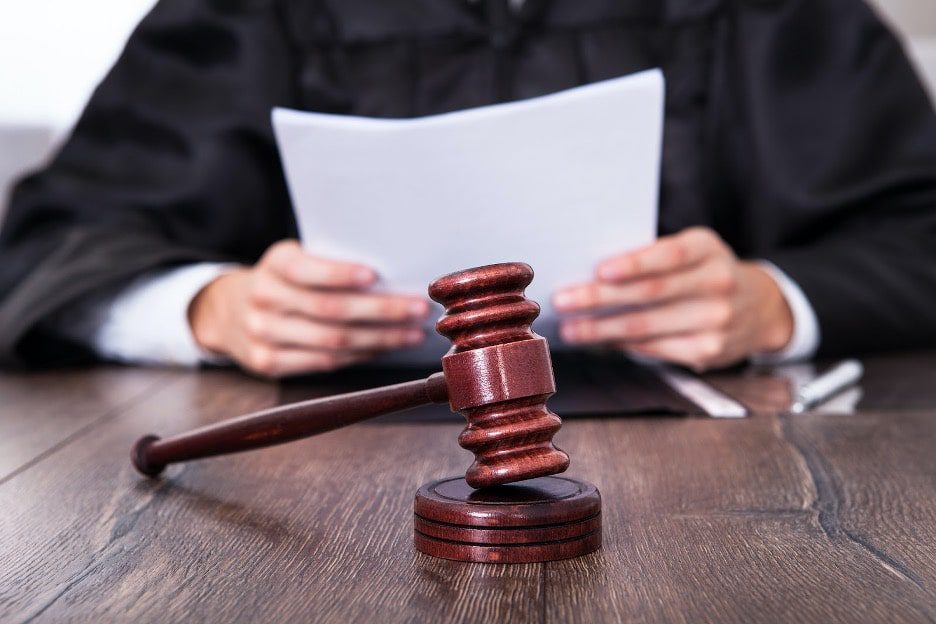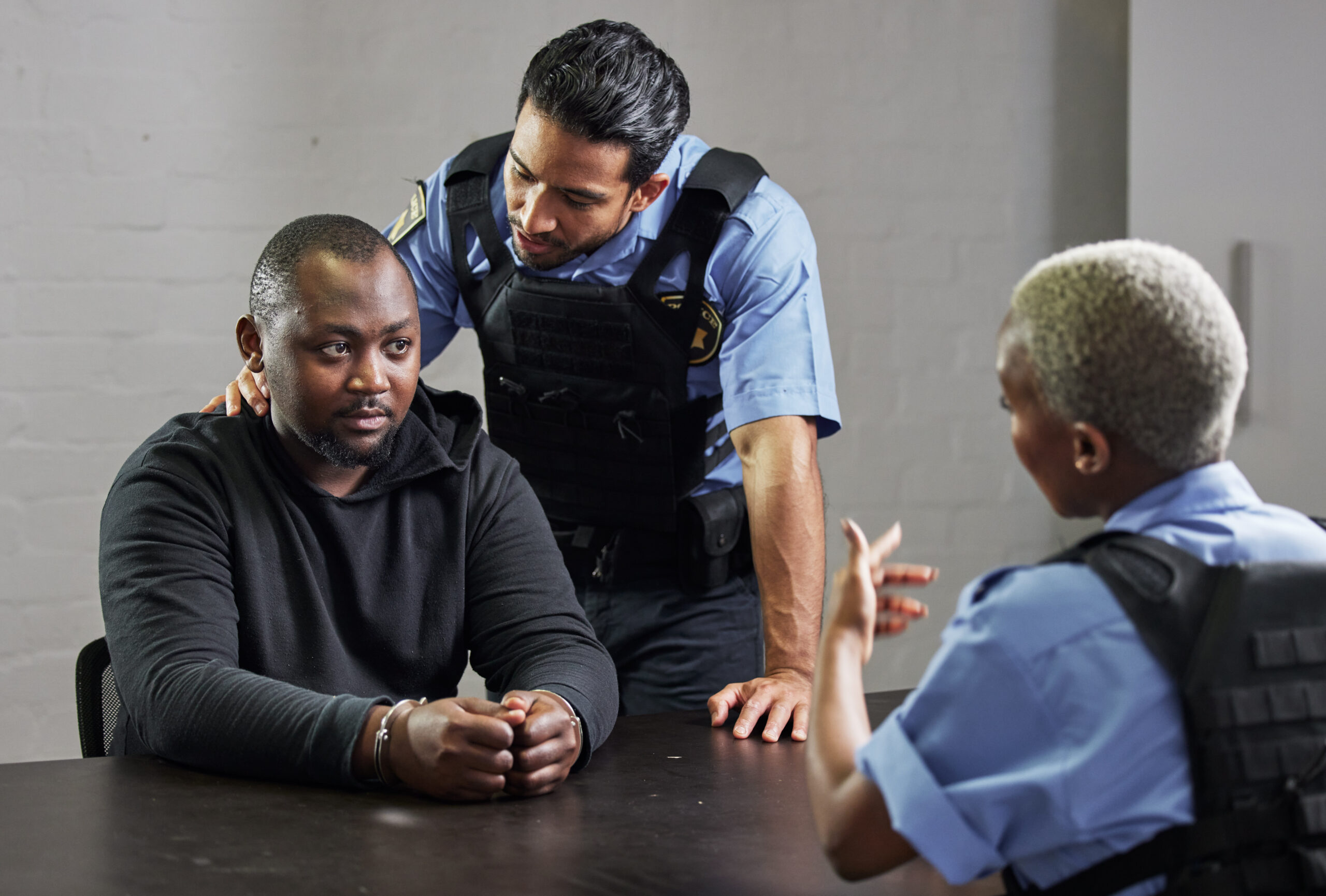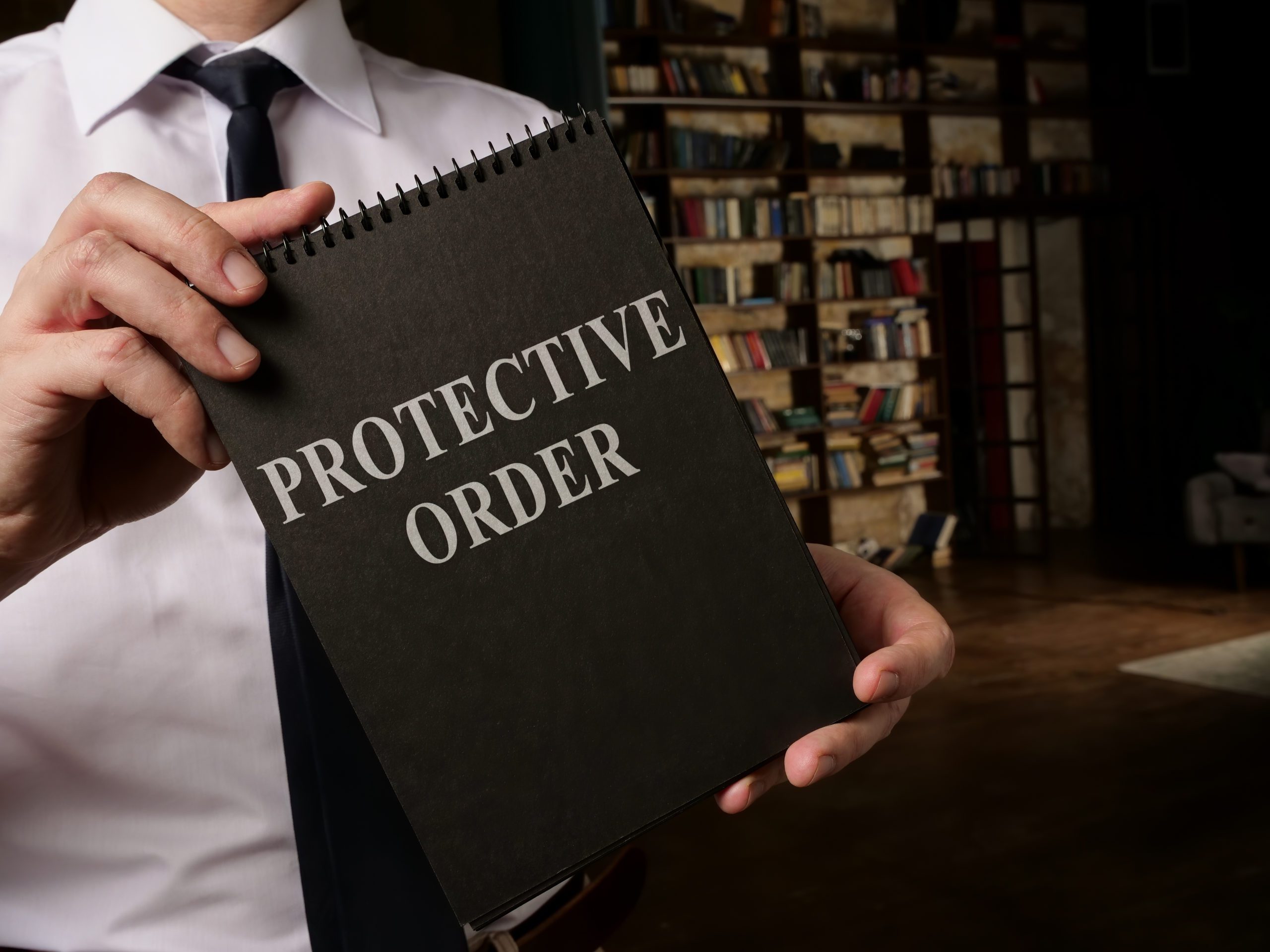Table of Contents
- How Long Does a Protective Order Last?
- What Is a Protective Order?
- Types of Protective Orders in Texas
- How Long Does a Protective Order Last in Texas?
- The Process of Obtaining a Protective Order in Houston, Texas
- Sample Scenario: The Protective Order Process in Action
- Frequently Asked Questions About Protective Orders in Texas
- The Role of Evidence in Securing a Protective Order
- What Happens After a Protective Order Is Issued?
- What to Do If the Abuser Violates the Protective Order
- How to Safely Move Forward After a Protective Order Is Issued
- Final Thoughts: How Long Does a Protective Order Last?
- Call to Action
In Texas, protective orders play a crucial role in safeguarding individuals from threats, abuse, or harassment. These court-issued orders, often referred to as restraining orders, are designed to prevent one person (the abuser) from contacting or harming another (the victim). They are commonly used in situations involving domestic violence, stalking, or harassment, providing a legal barrier to ensure the victim’s safety.
It’s essential to know the types of protective orders available in Texas, how long they last, and the process required to obtain one. Understanding these aspects can help individuals take the necessary steps to protect themselves effectively.
- Making any form of contact, including through phone calls, text messages, emails, or social media.
- Approaching the victim’s home, workplace, or school.
- Engaging in behavior that could intimidate, threaten, or harm the victim.
It’s important to note that violating a protective order carries severe legal consequences, including fines, jail time, and felony charges for repeated or severe violations. The court has the authority to impose a variety of restrictions on the abuser tailored to protect the victim’s specific needs.

A temporary ex parte protective order provides immediate protection for the victim without requiring the abuser’s presence at the initial hearing. This type of order is typically granted based solely on the victim’s testimony or evidence, with the understanding that a full hearing will occur later.
o Temporary ex parte orders are issued when the victim is in immediate danger of harm or violence. These orders generally last up to 20 days but can be extended by the court if necessary, mainly if the final hearing has not yet occurred. In cases where delays in the court process occur, or new threats emerge, the court may grant an extension of the ex parte order.
However, permanent protective orders can be extended beyond the two-year mark in certain circumstances. For example, if the abuser has committed a felony or if the court determines that the abuser poses a continuing threat, the protective order may last longer than two years. In extreme danger or severe abuse cases, the court may even issue an order that remains in effect indefinitely.
Emergency protective orders last between 31 and 91 days, depending on the severity of the case and the threat to the victim. EPOs provide short-term protection, offering the victim time to seek a more permanent legal remedy, such as pressing criminal charges or requesting a permanent protective order.

Temporary ex parte orders are valid for up to 20 days. However, the court can extend the order if a full hearing has not occurred or the judge believes the victim is still in danger. Multiple extensions may be granted until the court reaches a final decision in a full hearing. These orders provide immediate, short-term protection while the victim prepares for a more permanent legal solution.
Permanent protective orders typically last up to two years, though they can be extended based on the severity of the case. Suppose the abuser has committed serious offenses such as felonies or is deemed to pose a continuous threat to the victim. In that case, the court may issue an order that lasts beyond two years or even an indefinite order in some cases. This protects victims in the long term, especially when they face ongoing danger.
Emergency protective orders are generally valid for 31 to 91 days, depending on the case details. The shorter duration offers immediate protection after an arrest or violent incident. At the same time, the legal system addresses the situation further through criminal charges or permanent protective orders.

The first step is to apply with the local court, typically the Harris County District Court in Houston. The application must include a detailed account of the abuse or harassment and outline why the protective order is necessary. Evidence such as police reports, medical records, or witness statements must also be provided to support the application. Our experienced attorneys assist clients in preparing and filing these applications to ensure that all relevant information is included and adequately documented.
In cases of immediate danger, the court may hold an ex parte hearing. This is an emergency hearing where the victim presents their case without the abuser being notified. If the judge determines the victim is at risk, they will issue a temporary ex parte order, usually valid for up to 20 days. This order provides immediate protection while waiting for a full court hearing.
A full hearing is scheduled within 20 days of the temporary ex parte order being issued. During this hearing, both the victim and the abuser are allowed to present evidence. The judge will review the evidence, listen to witnesses, and determine whether to issue a permanent protective order.
If the court determines that a protective order is necessary, the judge will issue the order, specifying its duration and outlining the restrictions placed on the abuser. The order may include provisions such as prohibiting contact, requiring the abuser to stay a certain distance from the victim, and other restrictions tailored to protect the victim.
Let’s consider a sample case to illustrate how the protective order process works.
- Step 1: Jessica’s attorney helps her apply for a protective order with the Harris County District Court, including detailed descriptions of Mark’s behavior and the incidents that led her to fear for her safety.
- Step 2: The court holds a temporary ex parte hearing, during which Jessica provides testimony and evidence of Mark’s harassment. Based on this evidence, the judge grants a temporary protective order for 20 days.
- Step 3: A full court hearing is scheduled within 20 days. At this hearing, Jessica and Mark present their sides of the story. Jessica’s attorney submits text messages, witness statements, and police reports documenting Mark’s behavior.
- Step 4: After reviewing the evidence, the judge issues a two-year valid permanent protective order. The order restricts Mark from contacting Jessica and requires him to stay at least 500 feet from her home and workplace.
If a protective order is about to expire but the victim still feels unsafe, it is possible to request an extension. The process involves submitting a request to the court and attending another hearing to demonstrate that the threat persists.
Protective orders can also be modified if circumstances change. For example, if the abuser violates the terms of the order or if the victim requires additional protection, a modification request can be filed with the court. These modifications include additional restrictions or extending the duration of the order.
Violating a protective order is a criminal offense in Texas. It is a Class A misdemeanor punishable by fines, jail time, or both. Repeated violations or more serious crimes, such as acts of violence while violating the order, can result in felony charges.
- Contacting the victim directly or indirectly.
- Approaching the victim’s home, workplace, or school.
- Engaging in any behavior that threatens, intimidates, or harms the victim.
Victims should report any violations of a…protective order should be reported to law enforcement immediately.

- Violating a protective order is a criminal offense. Penalties can include fines, jail time, and even felony charges in severe cases. If an abuser violates the terms of the order, law enforcement should be contacted immediately. Reporting all violations is essential to ensure the abuser is held accountable and to maintain your safety.
- Yes, you can request a protective order even if the abuse happened in the past. Courts often consider the victim’s fear of future harm and the severity of past incidents when deciding whether to issue a protective order. It’s essential to provide as much evidence as possible to support your case, such as police reports, medical records, and witness statements.
- While having an attorney when filing for a protective order is not required, having legal representation can significantly strengthen your case. An experienced attorney can help you gather the necessary evidence, file the paperwork correctly, and represent you in court. At Tess House Law Firm, we specialize in assisting individuals to navigate the process of obtaining protective orders.
- Yes, a temporary ex parte protective order can be issued without notifying the abuser. This is typically done when the court believes there is an immediate danger to the victim. After the temporary order is issued, the abuser will be notified and allowed to attend the full court hearing, where both sides can present their cases.
- Texas protective orders are enforceable across state lines thanks to the Full Faith and Credit Clause of the U.S. Constitution, which requires states to honor protective orders issued by courts in other states. If you move to another state, the protective order should still be valid, but it’s a good idea to register the order with the local court in your new state to ensure enforcement.
- The duration of a permanent protective order is determined based on several factors, including the severity of the abuse, the abuser’s criminal history, the likelihood of future harm, and any ongoing threats. While the default duration is usually two years, courts may extend the order if they believe the abuser remains a danger to the victim.
When seeking a protective order, gathering and presenting evidence is critical to ensuring the court understands the full extent of your threat. Courts rely on various evidence to determine whether a protective order is necessary and how long it should last. The types of evidence that may strengthen your case include:
- Police Reports: If law enforcement was involved in any incidents of abuse or harassment, obtaining copies of police reports is essential. These reports can provide detailed accounts of the abuser’s behavior and the immediate threat they pose.

- Medical Records: If you have suffered physical harm as a result of the abuse, medical records that document your injuries can be robust evidence in court. These records help establish the severity of the abuse and the need for protection.
- Witness Statements: Witnesses who observed the abuse or harassment can provide valuable testimony to support your case. Their statements may corroborate your claims and provide additional details that strengthen your request for a protective order.
- Text Messages, Emails, or Social Media Posts: If the abuser has contacted you through written messages, these communications can be submitted as evidence. Abusive or threatening messages provide direct proof of harassment and are particularly useful in court.
- Photographs or Videos: Visual evidence, such as pictures of injuries or videos of confrontations, can have a powerful impact on the court. These visuals help the judge understand the physical and emotional harm caused by the abuser.
Having comprehensive documentation and working closely with an attorney to present this evidence effectively can make a significant difference in securing a protective order.
Once a protective order is issued, it is critical to understand the court’s terms and conditions. The protective order will outline specific restrictions placed on the abuser, such as prohibiting contact or maintaining a certain distance from the victim’s home or workplace.
It’s essential to keep a copy of the protective order with you at all times. In case of any violation, you should immediately contact law enforcement and provide them with the order. Violating a protective order is a criminal offense, and violators can face arrest and legal penalties.
In addition, you may need to make safety plans for yourself and your loved ones, especially if the abuser is likely to challenge the order. Planning can include alerting your workplace, school, or any other places you frequent about the protective order and ensuring they know what to do if the abuser tries to make contact.

Law enforcement will typically investigate the violation, and if sufficient evidence is found, the abuser can be arrested and face criminal charges. Repeated or severe violations can escalate the legal consequences, leading to felony charges.
- Create a Safety Plan: Develop a clear plan for what to do in case the abuser attempts to contact you or violates the order. This plan should include significant phone numbers (law enforcement, attorneys, close friends) and safe places to go if needed.
- Alert Important Parties: Make sure people in your life, such as your employer, school administrators, or neighbors, know the protective order and know to report any sightings of the abuser. This can create a wider circle of support and help ensure your safety.
- Keep Records: Continue to document any interactions or incidents involving the abuser, even after the protective order is issued. This documentation can be used if the protective order needs to be extended or if the abuser violates the order.
- Seek Counseling or Support: Dealing with the aftermath of abuse can be emotionally exhausting. Seeking counseling or support groups can be essential to your healing process. Many victims find it helpful to talk through their experiences with professionals or peers who understand what they’re going through.
Understanding the duration and details of protective orders is essential for anyone facing harassment or abuse. In Houston and across Texas, these orders are critical for maintaining safety and preventing future harm. Protective orders can last anywhere from 20 days to several years, depending on the type of order and the severity of the situation. Extensions and modifications are also possible, providing flexibility in addressing ongoing threats. The attorneys at Tess House Law Firm are equipped to guide individuals through securing and extending these legal protections to ensure long-term safety.

At Tess House Law Firm, we specialize in helping individuals secure protective orders and other legal solutions. Our dedicated attorneys are committed to defending your rights and ensuring your safety, whether you’re applying for a new protective order or seeking to extend one. We understand the emotional impact of abuse and harassment, and our mission is to provide compassionate, straightforward legal support so you can regain control of your life.
Take the first step toward protecting yourself today—contact Tess House Law Firm for a confidential consultation, and let us help you navigate this difficult time with confidence and care.

